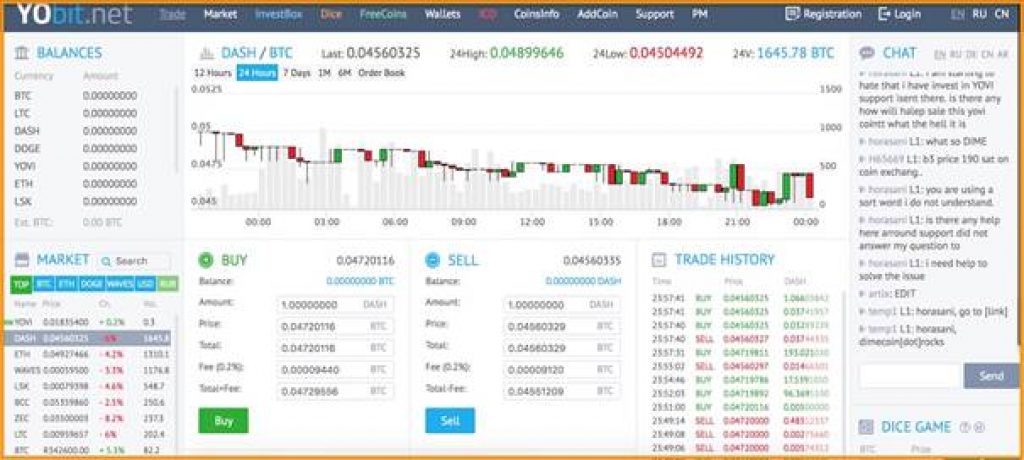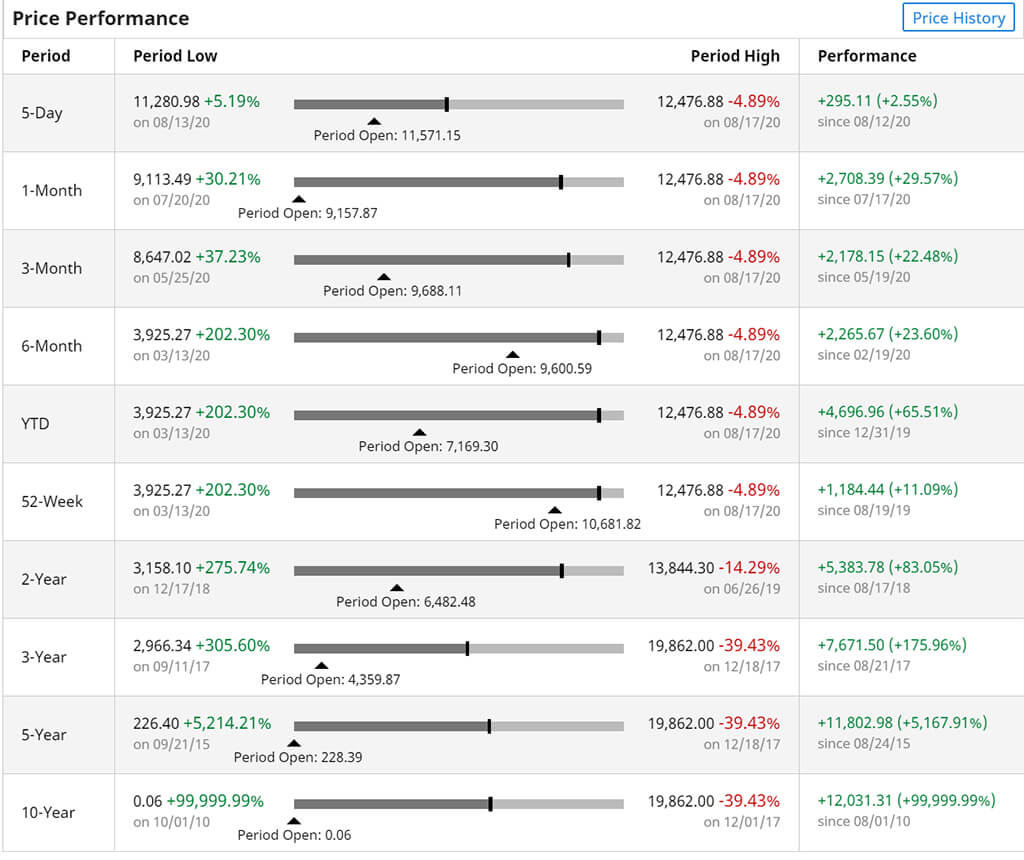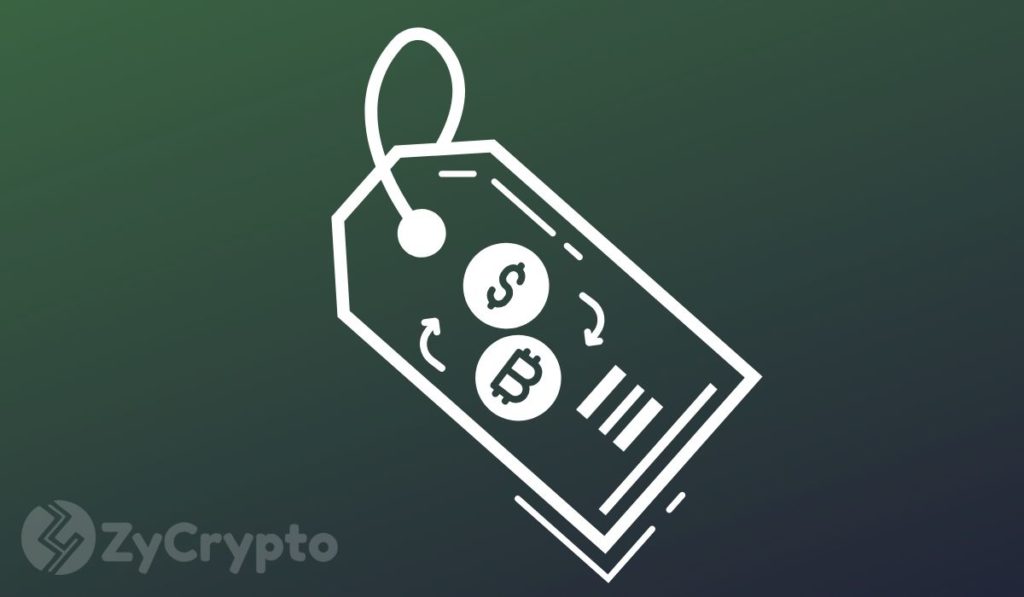2022-12-28 14:10 |
The protracted bearish trend in the crypto market and the fall in the bitcoin exchange rate, on the one hand, reduced the income of miners, but on the other hand, opened up some opportunities. It is enough to turn to statistics.
Risks and businessUnlike many other enterprises, organizations that specialize in bitcoin mining are able to exist for a long time in “conditions of uncertainty”. The incomes of market participants fall sharply, and sometimes even go into negative territory with the onset of protracted crypto–downtrends in the market. The situation is even worse for the credited companies. But, as statistics show, not everything is so clear.
In practice, the “production of digital cash” is the acquisition, placement and maintenance of computing power plus the search for a suitable source of electricity to guarantee the functioning of the Bitcoin network through the transaction confirmation procedure. It is mining that is the basis of the decentralization of the system.
Bitcoin price and its miningIn general, the cash flows of miners decrease with the fall of the BTC price. At first glance, it looks counterintuitive that lower prices can give a mining company at least some advantages. Nevertheless, since we are talking about the industry as a whole, we need to pay attention not to the market price, but, conditionally, the cost of generating the final product, in our case, bitcoin.
Among all the costs that are included in the cost of cryptocurrencies, the biggest is the price of electricity, without which the data processing process in the blockchain is impossible. Whoever can find a cheaper source of electricity with equal productivity will gain a competitive advantage. In some cases, he will be able to make a profit even in unfavorable market conditions.
Since not all miners are able to achieve the same level of productivity, in practice this means one thing: many will receive the final “cost of production”, at a cost close to the market price of the asset. As a result, many will have to sell equipment that does not pay off and leave the market.
The secret lies in the nature of the crypto market, which in many ways is closer not to the stock market, but to the commodity market, and therefore is “countercyclical”. This means that falling times are the best time to expand your activities. There is an interesting relationship between the price dynamics of mining equipment (for example, ASIC) and the price of BTC: the former, as a rule, undergoes a greater correction than the asset itself.
A few statistics: in 2022, the price of BTC fell by 47% from April to August, while the cost of equipment decreased by 60% over the same period. A similar correlation is recorded on the Hashrateindex portal: ASICs lose value faster than the exchange rate of the underlying asset falls.
Bitcoin Mining CompaniesThe modern mining industry can be compared with the early business on the network (cable) infrastructure in the 1990s, at the dawn of the Internet. The cable business has gone through three cycles of “expansion and consolidation”.
The first cycle was associated with the arrival of technology enthusiasts and computer geeks, with whom the business on the Internet began, who organized the first network infrastructures. It can be said that it was thanks to these pioneers, fanatics and enthusiasts that the network industry eventually became widespread. Something similar happened to the first bitcoin miners back in 2009. Then the first cipher banks, crypto anarchists and crypto enthusiasts maintained the network’s operability, often without even counting on any reward.
In the second cycle, there were players who saw new opportunities for earnings and decided to quickly increase their capital. This is a wave of the first investors and entrepreneurs who focused only on accelerating the expansion of their structures and short-term results.
And finally, in the third cycle, we saw the consolidation of the entire industry. It was accompanied by the arrival of players who, on the one hand, paid attention to productivity and long-term prospects, and on the other were focused on earnings. During the third wave, venture capital began to enter the market, and the industry became professional. Already in 2010, the 50 largest cable companies from the 1990s merged into four organizations.
Most modern mining companies have already entered the second cycle, focusing mainly on short-term results and not paying due attention to performance. This has affected smaller companies, which are very vulnerable in stressful situations.
Orientation to halvingThe positive investment expectations of many participants are associated with the deflationary model of the first cryptocurrency issue which is a consequence of the systematic reduction of the block reward in the Bitcoin blockchain. We talked about whether BTC should really be expected to grow in the light of the next halving, and how halving affected BTC pricing in general, in a recent review.
But it is interesting that many unprofitable players during the crypto winter still privately come to an agreement with creditors, bypassing bankruptcy. For example, recent events with Greenidge Generation have shown that investors are ready to consider debt restructuring, expecting that the business will still make a profit in the future. And this is not the first time in history when a risky mining venture attracts a lot of money for development.
During the bitcoin growth cycle between 2020 and 2021, the miners’ incomes grew proportionally. At the same time, many public companies kept their money in bitcoin to maximize profits. According to Luxor Technologies, public mining companies borrowed from $3 to $4 billion to finance the expansion of infrastructure and the purchase of equipment.
Produce when everything is growing and sell when everything is fallingHowever, those same players made the following mistake: usually for a manufacturer who is able to increase production, it makes sense to sell what you produce and reinvest the money received. This is much more profitable than keeping what you produce on the balance sheet. They did not take this into account and preferred to keep a significant part of their savings in the mined cryptocurrency during the period of its value growth.
But since the price of bitcoin (as history shows) cannot grow up indefinitely and is replaced by downward trends, miners had to reduce positions in order to pay off debts and loans. As a result, this led to increased pressure from bears on the market in June-July, and ended with new price lows.
In fact, the result of the money management strategy used by these mining companies is as follows: they mined when it was expensive and sold when it became cheap. As a result, this turned into huge financial losses, in addition to operational losses caused by the decline in the price of bitcoin.
So the least effective players, firstly, got rid of cryptocurrencies from their balance sheets cheaply, and secondly, in case of bankruptcy, they sold computing power cheaply on the residual principle, which they once bought for a lot of money.
We have already said that in exceptional cases, the price of specialized mining equipment can fall even more than the rate of the mined cryptocurrency during the crypto winter.
On the other hand, more far-sighted and effective participants are buying these assets cheaply in the period under consideration. If they have enough reserves of money and investments to “wait out” the crypto winter until the next growth cycle, they are highly likely to be able to “recoup” the purchase of mining equipment from bankrupt participants. That’s why we claim that for some crypto winter is a time of great opportunities.
Best time of opportunityWhy does this happen at all: some miners go bankrupt, while others find themselves in a winning position? Bitcoin mining is a fickle business. As a result, the ideal moment to enter is the period when prices are low. At this time, the most short-sighted players face problems and leave the market.
Of course, now the equipment is very cheap. But it is not enough to buy a mining farm for investment, you still need to calculate profitability, payback, maintenance, repair, electricity and maintenance costs. Among other things, you need to study in advance all potentially profitable altcoins made using a similar hashing algorithm in order to reconfigure the equipment in time if some coin loses its value.
In short, you need to take into account a lot of factors. That’s when miners will have the opportunity to survive the cycle of “crypto winter” and increase their well-being with the onset of “crypto spring”.
Сообщение Crypto winter is a time of opportunity for miners, isn’t it? появились сначала на Coinstelegram.
origin »Emerald Crypto (EMD) на Currencies.ru
|
|
















